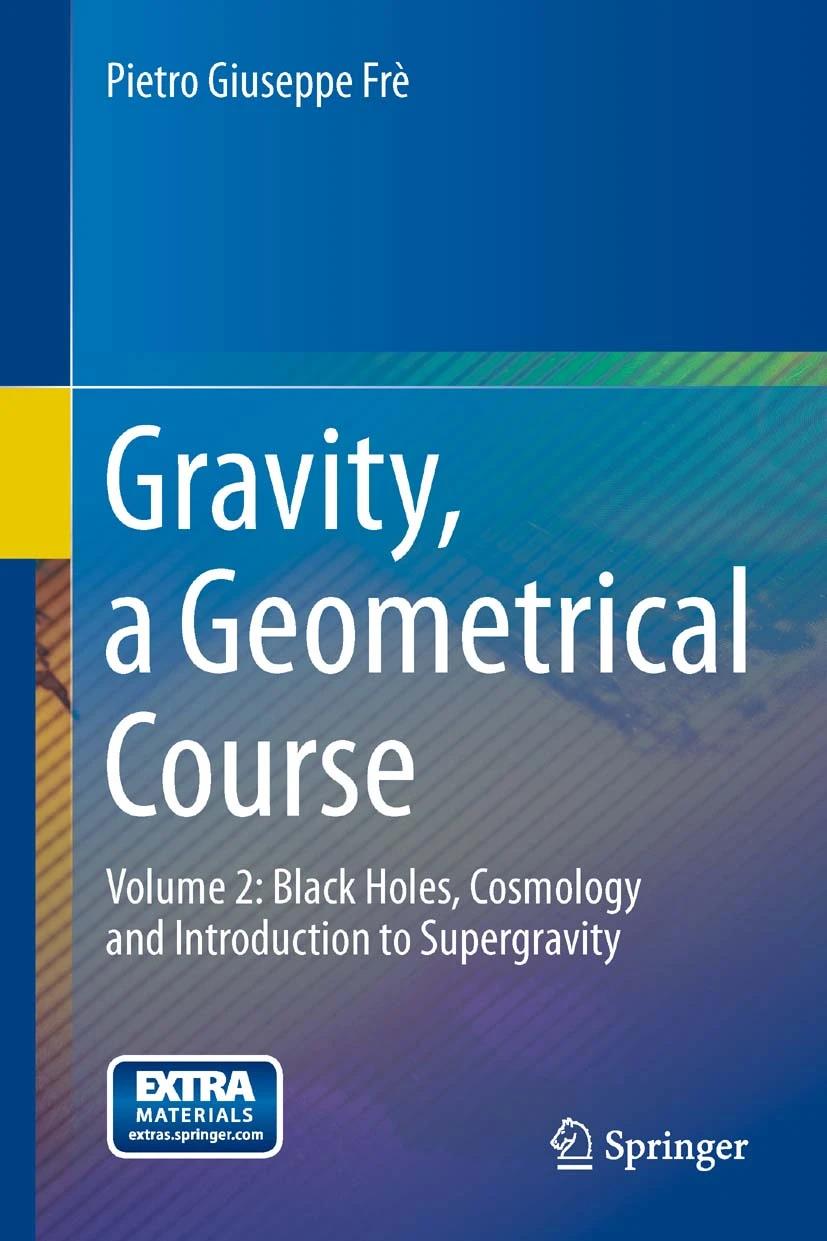
When I was selected as Full Professor of Theoretical Physics by the National selecting commitee in 1989 I was appointed at SISSA (Scuola Superiore di Studi Avanzati) in Trieste and for 6 years I left my home University of Torino where I had been teaching Mathematical Methods of Physics. At SISSA I thought graduate courses in Group Theory. Appointed in 1996 by Torino University on the Chair of Relativity left open by the shift of Prof. Tullio Regge to Torino Politecnico, I felt the responsability of constructing a Course on General Relativity that should be updated to modern views but should meet the standards of a historical tradition of excellency. The result was a very ample course articulated in formal mathematical foundations, logical and rigorous exposition of the theory, astrophysical and cosmological applications, new theoretical visions. I taught that course for 15 years prior to my appointment as Scientific Counsellor of the Italian Embassy in Moscow. During my Moscow years I had the time of writing the 2-volume book Gravity: a Geometrical Course that upon my coming back to Torino in 2017 was the basis of my renewed teaching of the General Relativity Course for the last five years of my academic career.

ON SPRINGER LINK
Presents general relativity not in isolation, but as a cornerstone of modern theoretical physics
Gives a systematic exposition of the theory in a self-contained but rigorous mathematical language and includes complete analytical studies of some relevant proplems
Covers both classical general relativity and supergravity
Offers plenty of historical background on the physicists relevant to the theories presented
Enriched with useful appendices with material on spinors, Mathematica programmes, and much more
Available also from Amazon
and form many other eBook providers such as IBS,
Gravity, a Geometrical Course presents general relativity (GR) in a systematic and exhaustive way, covering three aspects that are homogenized into a single texture: a) the mathematical, geometrical foundations, exposed in a self consistent contemporary formalism, b) the main physical, astrophysical and cosmological applications, updated to the issues of contemporary research and observations, with glimpses on supergravity and superstring theory, c) the historical development of scientific ideas underlying both the birth of general relativity and its subsequent evolution. The book is divided in two volumes.
Volume Two covers black holes, cosmology and an introduction to supergravity. The aim of this volume is two-fold. It completes the presentation of GR and it introduces the reader to theory of gravitation beyond GR, which is supergravity. Starting with a short history of the black hole concept, the book covers the Kruskal extension of the Schwarzschild metric, the causal structures of Lorentzian manifolds, Penrose diagrams and a detailed analysis of the Kerr-Newman metric. An extensive historical account of the development of modern cosmology is followed by a detailed presentation of its mathematical structure, including non-isotropic cosmologies and billiards, de Sitter space and inflationary scenarios, perturbation theory and anisotropies of the Cosmic Microwave Background. The last three chapters deal with the mathematical and conceptual foundations of supergravity in the frame of free differential algebras. Branes are presented both as classical solutions of the bulk theory and as world-volume gauge theories with particular emphasis on the geometrical interpretation of kappa-supersymmetry. The rich bestiary of special geometries underlying supergravity lagrangians is presented, followed by a chapter providing glances on the equally rich collection of special solutions of supergravity.



